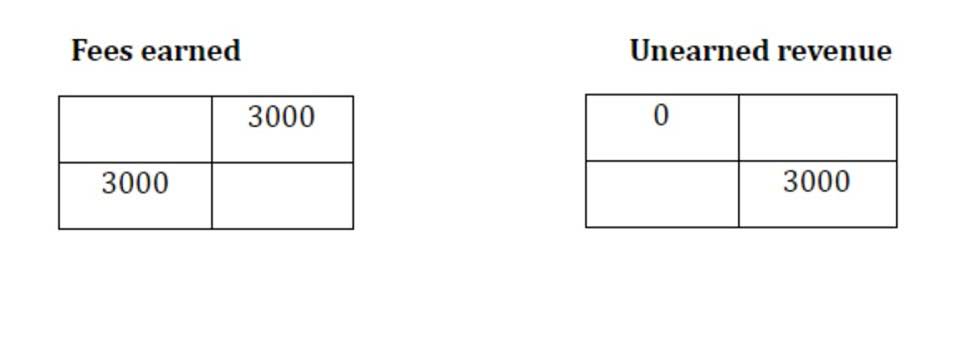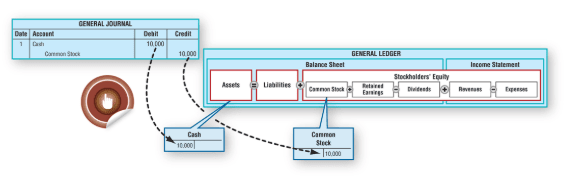
With this weighted average, we can now calculate a different and more accurate EPS of $0.80 per share. A weighted average is a way of taking the average of several numbers when a different “weight” is assigned to each one. A common example of a weighted average is calculating a grade point average for courses with different numbers of credit hours.

Weighted Average Cost Per Share

These adjustments maintain consistency in EPS calculations across reporting periods. The average shares outstanding concept is used to calculate earnings per share information. The average shares outstanding figure is inserted into the denominator of the earnings per share calculation, to derive the earnings per share in a reporting period. The Cash Flow Management for Small Businesses calculation of average shares outstanding is essentially a weighted average calculation, which results in a more accurate averaging outcome than if a simple averaging calculation were to have been used. The term outstanding shares refers to a company’s stock currently held by all its shareholders. Outstanding shares include share blocks held by institutional investors and restricted shares owned by the company’s officers and insiders.
What Is the Difference Between Shares Outstanding and Floating Stock?
- Conceptually, the earnings per share (EPS) ratio measures the net earnings of a company attributable to common shareholders, expressed on a per-share basis and after adjusting for preferred dividend issuances.
- Treasury shares are the shares that a company repurchases and holds in its treasury, which are then subtracted from the total number of shares issued to determine outstanding shares.
- The weighted average is a mean value calculated by averaging each quantity against an assigned weighting to determine the relative importance of each quantity.
- A company’s capital structure is simple if it consists of only common stock or includes no potential common stock that, upon conversion or exercise, could result in a higher number of shares.
- The Statement of Changes in Equity details movements in a company’s equity over a specific period.
This involves examining the company’s share structure, which can be found in the equity section of the balance sheet or in the notes to the financial statements. Publicly traded companies are required by the Securities and Exchange Commission (SEC) to disclose their share count in quarterly and annual filings, such as 10-Q and 10-K reports. These filings are a reliable source for identifying the number of shares outstanding at various points during the fiscal year. Calculating the weighted average common shares outstanding is a key step in determining earnings per share (EPS), a critical metric for assessing a company’s financial performance. This calculation provides insight into the effective number of shares available throughout a reporting period, accounting for fluctuations caused by corporate actions.

Increase or decrease:
Whether it’s expansion efforts necessitating more capital or strategic share repurchases, the implications can differ substantially. Thus, the “Net Earnings for average common shares outstanding Common Equity”—which is calculated by deducting the preferred dividend from net income—amounts to $225 million. The diluted EPS is inclusive of the net dilution from dilutive securities like convertible bonds (and thus, is a more conservative measure of profitability). Since the denominator is greater in the basic EPS, the diluted EPS is always less than the basic EPS from the higher share count. The distinction between the basic and diluted EPS can be seen in the denominator of their respective formula.
- Learn how to calculate deferred revenue for your business simply and effectively, ensuring accurate financial tracking.
- The number of outstanding shares changes periodically as the company issues new shares or repurchases existing shares, splits its stock or reverse-splits it.
- Note that the calculator will attempt to sort the transactions in chronological order (from earliest to latest), but it would be best if you entered them in that order.
- A consistently rising WASO might indicate a company’s reliance on issuing new shares for funding, possibly diluting existing shareholders’ value.
- If you find that annoying, select “Unstick” to keep the panel in a stationary position.
- The section will contain the EPS figures on a basic and diluted basis, as well as the share counts used to compute the EPS.
How to Derive Outstanding Shares

The number of shares repurchased is calculated by taking the strike price multiplied by the new shares—divided by the market share price. The earnings per share (EPS) reported by a company per GAAP accounting ledger account standards can be found near the bottom of a company’s income statement, right below net income. The difference between the basic earnings per share and diluted earnings per share is that the latter adjusts for the net impact from potentially dilutive securities.